New Phase II data shows that inhibiting granulocyte macrophage colony stimulating factor (GM-CSF) can significantly reduce flare and increase sustained remission in giant cell arteritis (GCA). GM-CSF is an upstream mediator of T helper (Th)1 and Th17 lymphocytes, which play roles in the pathogenesis of GCA.
Current GCA treatments, including corticosteroids and tocilizumab, target Th17, leaving substantial Th1 to drive pathogenesis. Researchers evaluated the safety and efficacy of mavrilimumab, an anti-GM-CSF receptor monoclonal antibody, on flare and disease remission in GCA.
Seventy patients with new-onset or refractory GCA were randomized to mavrilimumab (42) or placebo (28) over 26 weeks. The primary endpoint was time to first flare by week 26. Sustained remission through week 26 was the key secondary endpoint.
The median time to flare for placebo was 25.1 weeks.
“We could not estimate the time to flare for mavrilimumab, because there were so few events,” said Maria Cid, MD, Hospital Clinic Barcelona Senior Consultant in Autoimmune Diseases, Hospital Clinic Barcelona, and Associate Professor of Medicine, University of Barcelona, Barcelona, Spain. “In the mavrilimumab group, 83.2% of patients were in remission at week 26 compared to 49.9% of those receiving placebo. There were no new safety signals. Results with this novel treatment for GCA are encouraging.”
Dr. Cid opened the Late-Breaking Abstracts session at ACR Convergence 2020. Registered attendees have on-demand access to watch a replay of the session through Wednesday, March 11, 2021.
No Tocilizumab Benefit in COVID-19

A randomized multi-center, double-blind, placebo-controlled trial of tocilizumab in hospitalized patients with confirmed SARS-CoV-2 infection found no benefit in reducing time to mechanical ventilation, mortality, time to clinical worsening, or time to resolution of supplemental oxygen requirement.
They study randomized 243 patients 2:1 to standard of care plus IV tocilizumab or placebo at seven Boston-area hospitals. Median age was 58.8, 58% were male, and 45% were Hispanic/Latino. The median BMI was 30.1.
The hazard ratio for progression to intubation or death was 0.83 (p=0.64) and 1.11 for disease worsening (p=0.73), reported John Stone, MD, MPH, Director of Clinical Rheumatology, Massachusetts General Hospital, and Professor of Medicine, Harvard Medical School.
At 14 days, 18% of tocilizumab patients had experienced disease worsening vs. 14.9% of placebo patients.
“IL-6 receptor blockade is not effective for preventing intubation or death in moderately ill patients with COVID-19,” Dr. Stone said.
FAST Contradicts CARES on CV and All-Cause Mortality vs. Allopurinol
Results of the Febuxostat versus Allopurinol Streamlined Trial (FAST) show no increase in cardiovascular (CV) risk for febuxostat in patients with gout. That contrasts with Cardiovascular Safety of Febuxostat and Allopurinol in Patients With Gout and Cardiovascular Morbidities (CARES), which found significantly increased risk of cardiac and all-cause mortality for febuxostat vs. allopurinol.
Both trials stemmed from concerns about the CV safety of febuxostat. FAST was requested by the European Medicines Agency and was published simultaneously in The Lancet. CARES was requested by the Food and Drug Administration and resulted in a public safety alert in 2017.
“I would say it is safe to give febuxostat to patients with or without cardiovascular risk factors,” said Thomas Macdonald, MD, FRCP, MBChB, Professor of Clinical Pharmacology and Pharmacoepidemiology, University of Dundee, Scotland. “We had very good follow-up with health systems in the UK, Denmark, and Sweden with FAST with very little dropout. CARES had much higher dropout and less follow-up.”
FAST randomized 6,128 patients to allopurinol or febuxostat and followed for a median of four years. In both on-treatment and intention-to-treat analyses, febuxostat was non-inferior to allopurinol for a composite of hospitalization for non-fatal myocardial infarction/biomarker-positive acute coronary syndrome, non-fatal stroke, or cardiovascular death. Of the febuxostat group, 7.2% of patients died vs. 8.6% in the allopurinol group.
Positive Results for Ziritaxestat in Early Diffuse Cutaneous Systemic Sclerosis

Systemic sclerosis (SSc) has the highest mortality rate of any rheumatologic disease and no approved treatments. A phase 2a RCT of the autotaxin inhibitor ziritaxestat showed the agent is safe, effective and tolerable for patients with diffuse cutaneous SSc (dcSSc).
Thirty-three patients with active dcSSc were randomized to ziritaxestat (21) or placebo (12) for 24 weeks. Most patients (69.7%) were female and up to 95%[RW1] were on background immunosuppressive therapy. The primary endpoint was a change in baseline modified Rodnan skin score (mRSS). [RW2]
Ziritaxestat patients had a significantly better improvement in mRSS, -2.8, vs. placebo (p=0.0411). The ACR Combined Response Index for Systemic Sclerosis (ACR CRISS) showed a greater likelihood of improvement with ziritaxestat.
“The data showed target inhibition of about 80%,” said Dinesh Khanna, MD, MSc, Frederick G.L. Huetwell Professor of Rheumatology and professor of internal medicine and director, University of Michigan Scleroderma Program. “[Ziritaxestat] should be studied further in larger trials. Thirty-one of our patients have enrolled in an open-label extension trial, which is ongoing.”
Targeting Plasmacytoid Dendritic Cells Improves Skin Lesions in SLE

Plasmacytoid dendritic cells (pDCs) are key producers of type 1 interferons and other pro-inflammatory cytokines and chemokines. They also express costimulatory molecules that contribute to inflammation. And pDCs are the primary source of type 1 interferon in systemic lupus erythematosus
(SLE) and other autoimmune diseases.
“You find pDCs in 90% of lupus skin lesions, including discoid and subacute cutaneous lupus lesions,” said Victoria Werth, MD, professor of dermatology and medicine, University of Pennsylvania School of Medicine, and chief of rheumatology at the Philadelphia Veterans Administration Hospital. “Patients have high interferon scores in the blood, which correlates with CLASI-A scores.”
Researchers used a humanized IgG1 monoclonal antibody, VIB7734, to deplete pDCs and test the hypothesis that reducing pDC and type 1 interferon levels might improve lupus symptoms.
A Phase 1 ascending dose study compared three doses of VIB7734, 5 mg, 50 mg, and 150 mg, against placebo in patients with active SLE, cutaneous lupus erythematosus, or Sjogren’s syndrome.
All three doses significantly reduced blood and skin pDCs and reduced type 1 interferon levels in the blood, Dr. Werth reported. The agent also reduced inflammatory cells in lupus skin lesions and improved CLASI-A scores in a dose-dependent fashion. There were no hypersensitivity reactions, no unexpected safety signals, and no difference in adverse events versus placebo.
“Larger studies are needed and planned,” Dr. Werth said. “But it seems to be effective in the skin.”
Rapid Clinical Response to Tofacitinib in Phase 3 Trial of Adult Ankylosing Spondylitis

Tofacitinib is a familiar agent for rheumatoid arthritis and psoriatic arthritis, but there have been few trials in ankylosing spondylitis (AS). Initial results of a 16-week, double-blinded phase 3 trial in adults with AS showed rapid clinical response in adults. Most participants continued in an open-label study that is ongoing.
A total of 269 patients were randomized to tofacitinib (133) or placebo (136) for the 16-week double-blinded trial. Patients’ mean age was 42 and about 80% were males. The primary endpoint was ASA20 response at week 16 and the key secondary endpoint was ASAS40 response at week 16.
Tofacitinib showed good efficacy: 56.4% of patients showing ASAS20 and 29.4% for placebo (p<0.0001). Secondary endpoint results were similarly strong: 40.6% reaching ASAS40 for tofacitinib and 12.5% for placebo (p<0.0001). Tofacitinib showed significant improvement for all ASAS components, including patient global assessment of disease, total back pain, Bath AS Functional Index, and morning stiffness (inflammation).
“Tofacitinib showed better results than placebo at all time points,” said Atul Deodhar, MD, professor of medicine and director, Rheumatology Clinics, Immunology Infusion Center and Home Infusion Program Oregon Health & Science University School of Medicine. “We have not seen any serious adverse event surprises and no thromboembolitic events.”
